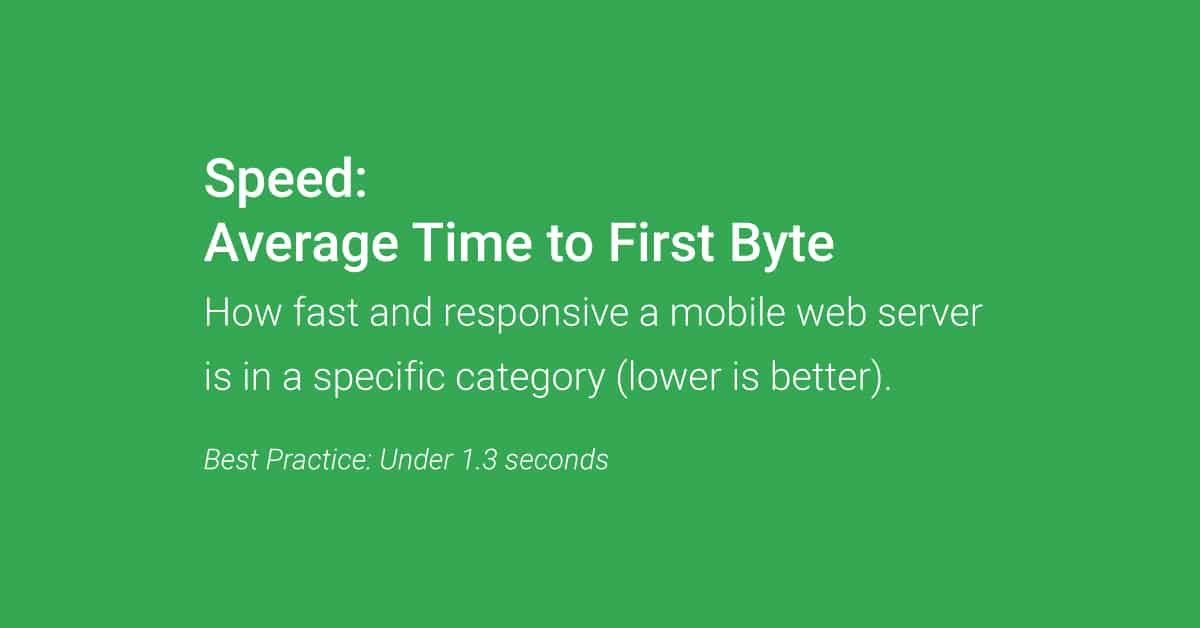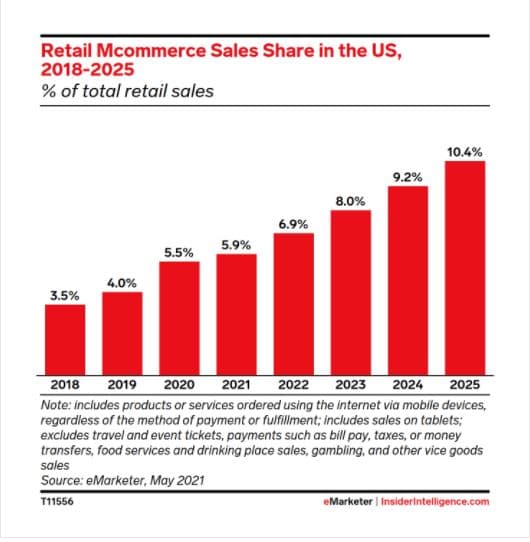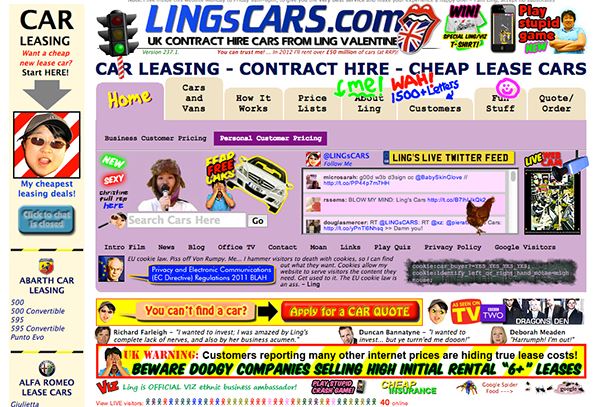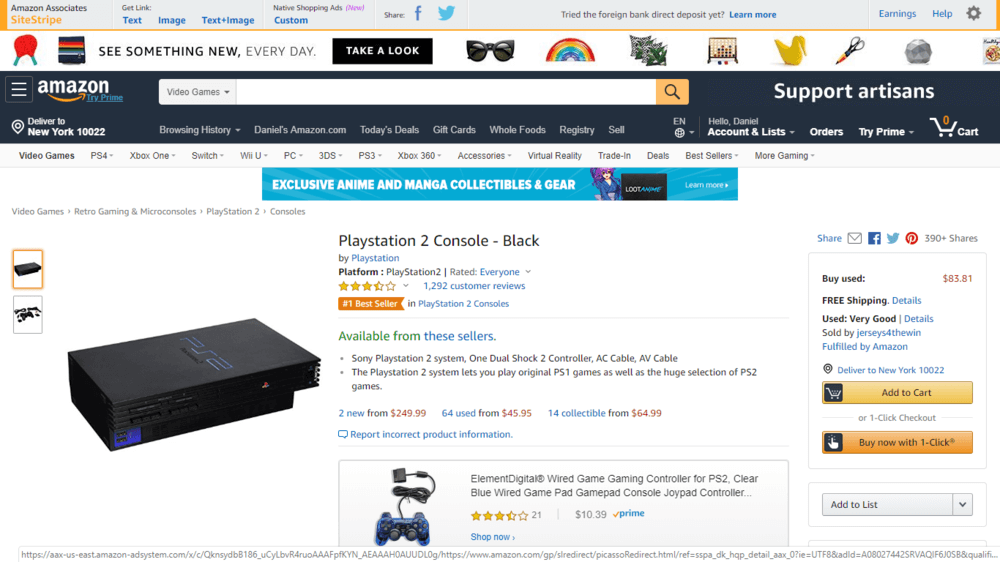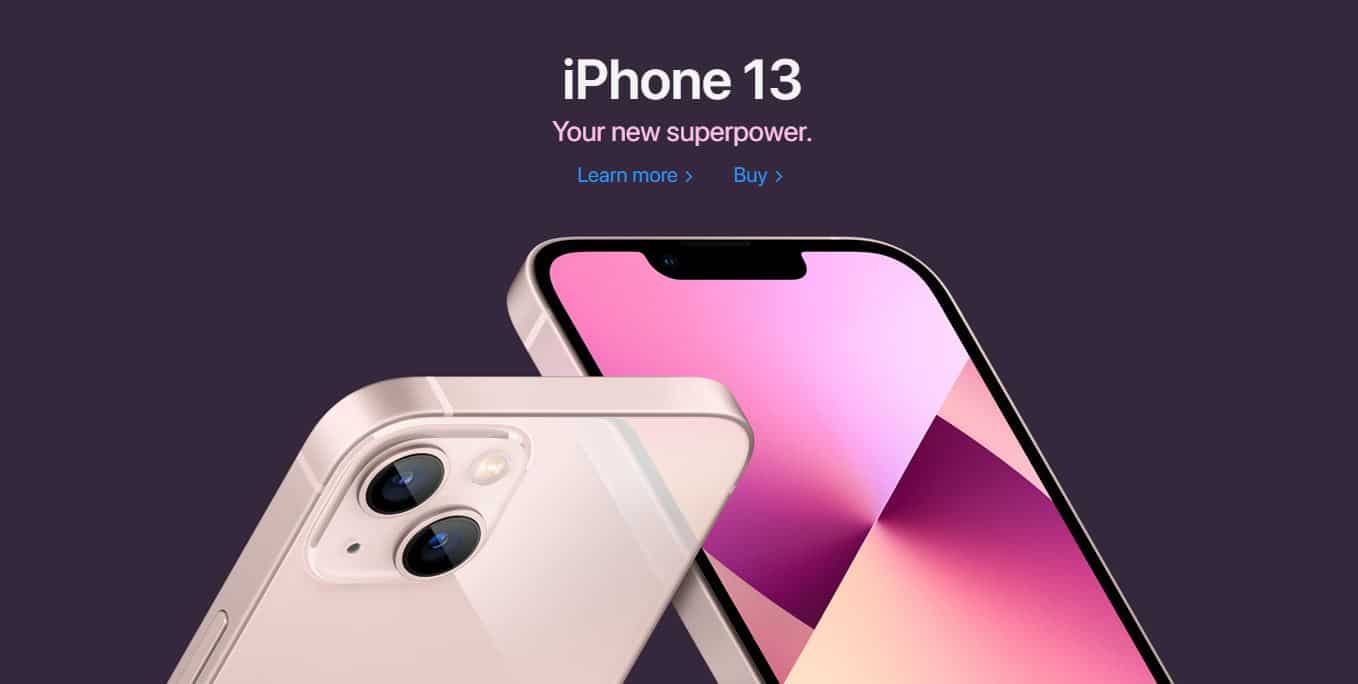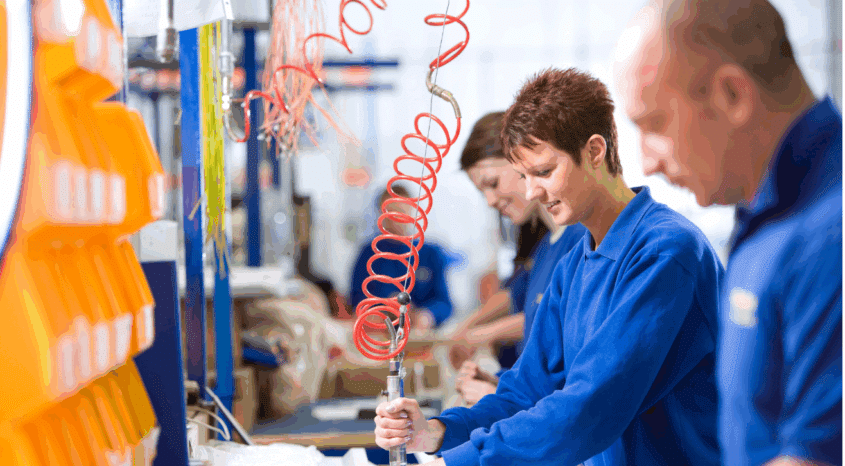Your SEO efforts are finally paying off and your website is generating exponential numbers of visitors. Good times.
But (and this is a big one) your website visitors are bouncing faster than balls in an aggressive squash game. Bad times.
Something’s gone wrong. And you’re not sure what it is. Luckily, we can tell you: your conversion rate optimization is not, ahem, optimized. Plentiful website traffic is wonderful – what’s not wonderful is your happy visitors landing on your website with no place to go.
Website visitors are fickle creatures. They need direction. They need purpose. They need a reason to stick around and buy from you.
Your sales team may already be using proposify alternatives to help seal the deal with new clients by presenting them with a myriad of reasons why they should choose your company. But you also need to be able to offer online visitors to your shop reasons to buy your products.
If this is your current issue, fear not. This article is composed to address the big wide world of conversion rate optimization.
You’ll discover possible causes for poor CRO, learn how to up your conversion rates, get to know your customers a little better, and Succeed In Life. Okay, that last part was perhaps a touch dramatic. But you’ll definitely learn how to drive a more successful online business.
What Is Conversion Rate Optimization?
Conversion rate optimization (CRO) is the process of upping the number of website visitors that actually do something. Other than clicking the little “x” button of doom.
Conversions don’t always mean straight to cart without passing “Go” and simply inputting payment details (although wouldn’t that be nice?). Conversions are any action your website visitor takes that demonstrates interest.
They can be:
- Newsletter signup
- Clicking any button
- Form fill
- Phone call
- Email enquiry
- Direct purchase
- Software subscription
- Resource download
- Survey response
In the ecommerce game, the end goal of CRO is typically to make more sales through your website. To do this, it’s time to level up that customer experience a notch or two. Confused consumers don’t buy things. Consumers that trust your business, however, do. Delivering a personalized experience guides visitors through your website pages, hitting the right buttons along the way to lead to sales. From website visitor to a trusted customer in one fell swoop.
Sadly, it’s not always that simple. Website visitors greeted with fancy animations, flashing lights and a whole host of content don’t usually make decisions. Too much choice, and overwhelm sets in. Don’t be that business.
“Too many choices overwhelm us and cause us to not choose at all. For businesses, this means that if they offer us too many choices, we may not buy anything.” Sheena Lyengar
Why Is Conversion Rate Optimization Important?
By optimizing your conversion rate, you get more value with lower acquisition costs. This happens because you are optimizing your current website visitors, rather than spending money on ads to source new ones. Focusing on improving your conversion rates is a smart business decision. Low conversion rates indicate a customer experience issue.
To address a customer experience issue, it’s all about creating the path of least resistance. Make it easy for your guests. Settle them in and show them the way with a firm hand. Successful online businesses tailor their website content to their customers. Based on customer demographics and behaviors, online personalisation experiences increase conversions. Done right, customers feel valued and place their trust in your business. They trust you to provide the best solution for them.
It must be time for great website personalisation examples.
Good old Netflix here, stepping in with customized suggestions for their audience’s viewing pleasure. The use of words like My List, and Top Picks for You reinforce the belief that Netflix knows what their customers want.
Apple is at it too. Offering up suggestions for their customers based on their historical behavior personalizes their next music mix, reinforcing brand loyalty and trust.
Possible Causes for Diabolical CRO
There are some common factors when it comes to poor CRO. We’ll share a few of them with you – see if you can spot any familiarities:
- Slow website loading speed
- Un-mobile friendly site
- Cluttered landing pages
- Call-to-action issues (CTAs)
- Broken links
- Confusing customer journey
As we’ve mentioned, successful CRO tactics seek to increase conversions from existing customers, rather than increase overall website traffic. Delving a little deeper, let’s take slow website loading speed as the first example of unsuccessful CRO.
Slow Websites
This problem doesn’t just cause fewer conversions, but a whole host of other digital issues, so this is a biggie. First up, Google and SEO. Google rewards websites with high SERPs (Search Engine Result Pages) for lots of reasons, but a fast website is one of the most important. Google will only send visitors to your website due to good performance, valuable information, and the assumption that the website holds the answers to searchers’ queries.
We’re assuming your SEO is good. It’s what happens when your visitors get to your website that the issues arise. In order to keep them, let’s consider Google analytics bounce rate vs exit rates.
Bounce rate refers to website visitors abandoning ship in a single-page session. High bounce rates are not always bad news. But typically, an elevated rate means your potential customers haven’t found what they’re looking for. Your website needs to attract attention within the first few seconds, or you’re in danger of losing them.
Your friend and mine Google offer up this great piece of advice:
Exit rates are a different ball game. Each page on your website generates an exit rate. Whereas bounce rate relates to just one page, the exit rate refers to the last visited page in a series of visited pages. Pages you want your visitors to exit from are CTA pages or shopping carts, indicating they’ve found what they’re looking for.
Bonus Tip: Products in shopping carts are great, but what’s better? More products in shopping carts! Increasing your CRO aligns with AOV (Average Order Value). Bumping up your AOV with more products or higher-value products using your CRO strategy is a winning combination.
You can increase your average order value ecommerce metric with personalized product recommendations. We’re talking about things like related and recommended products highlighted at the point of sale, and special discounts. This is the peak time for upsells, as your customers are on the edge of their buyers’ high, and pliable to spend more.
Un-Mobile Friendly Sites
Moving swiftly on to mobile-friendly sites (or lack of). The rise of mcommerce (mobile commerce) is expected to reach $359.32 billion by 2025. What we’re getting at is, if your website isn’t optimized for mobile, you’re missing out on a giant piece of the commerce pie.
Being able to sell to your visitors on mobile devices as well as traditional routes is another notch on the business success ladder. Your customers want flexibility and time-saving solutions. This means quickly ordering a birthday gift on their phone in the coffee shop queue. In a takeaway cup of course, as they haven’t actually got time to sit down and drink it.
If their coffee queue is shorter than expected, your backup ecommerce marketing plan should include a nicely timed follow up email reminding them they’ve still got that birthday gift waiting patiently in the cart. Cluttered Landing Pages
This website is a perfect example of what NOT to do unless you want a tension-induced migraine:
There’s so much content it’s impossible to know where to start. We’re all for including CTAs, but randomly placing them all over the place is extremely bad form. In the conversion rate optimization game, often less is more. Aim for plenty of white space and strategically placed CTAs.
CTA Issues
CTAs should be precisely placed for optimal CRO. Amazon made a smart move with their “Buy Now with 1-Click” phenomenon. The things that catch your attention on this page are the orange buttons, implying it’s super easy and simple to buy with just one click. Amazon nails their CTAs.
Combined with automated product recommendations at checkout stage – increasing their AOV – Amazon completely corner their market.
Pro Tip: Generally, one CTA per page is plenty. However, this varies according to industry. Feel free to do some A/B testing with different colored links and buttons to analyze the most effective methods for your conversion.
Confusing Customer Journey
Cast your eyes to the image below. Yet another brilliant example of business success from Apple. The point here is twofold. On the one hand, you can see a crisp and clean page, featuring a beautiful image. Nothing else to distract you.
Then, the addition of concise, cleverly worded content and just two options make the customer journey an easy one. “Learn more” or “Buy”. Apple is telling its customers that they know how to help them. So, their choice is to either find out more from their trusted brand or head straight to make a purchase.
Broken Links
This one doesn’t require too much explanation and is up there with slow site loading speeds. Anything that detracts your website visitor from steering towards a purchasing decision is a bad thing indeed. The tip of the day is to triple-check all links, see how long it takes for form filling, and tighten up that customer journey.
Explore all the potential problem areas when embarking on a CRO mission. All areas of your website need to work in harmony for CRO to improve. If your website is littered with broken links and tedious navigation, you’ll suffer severe shopping cart abandonment rates.
The Best CRO Tools for the job
Okay, so we’ve covered some common CRO errors. Now let’s investigate the CRO tools that you can use to understand your website’s current CRO.
The tools fall into different categories:
- Web Analytics. This tool gives you an understanding of how long your website visitors are sticking around, your pages with the highest bounce rates, and key exit pages to worry about.
- Behavior Analytics. Use this tool to gather data on how your website visitors behave on your site. Why are they leaving? Which areas of your website are causing the most friction? Testing Tools. Test different site elements including CTA positioning, landing pages, content, and more.
Utilize these tools to start analyzing ecommerce website data and understand where your CRO efforts are best placed.
Identify Your CRO Goals
Next up is identifying your CRO goals. You can’t hit a target you haven’t set, after all.
Your ecommerce site will probably have conversion goals such as:
- Increase customer orders
- Gather website visitors’ email addresses
- Creation of website visitors’ wish lists
CRO Analysis
Once you know what your conversion goals are, together with the website data from your optimization tools, you can go ahead and look at individual web pages. The aim here is to align them with your CRO goals.
Examine these pages on your website:
- Landing pages. Built as part of personalized campaigns or direct from organic searches, your landing pages must demonstrate value, garner attention, and convert.
- Offer pages. Also known as your product pages, this is where you give product information to your website visitors.
- Support pages. This is where you give answers and provide clarification and reassurance of pre-purchase decisions on these pages.
- Conversion Goal pages. The end goal – your website visitor transitions into a customer.
The image below shows a basic way to calculate your website’s conversion rate percentage.
For example, say your ecommerce site had 300,000 website visitors in one month. 30,000 of those visitors proceeded to buy something.
30,000 ÷ 300,000 x 100 = 10. Tada! A conversion rate of 10 percent. To give you a frame of reference, the average CRO rate for ecommerce businesses is 1.89%.
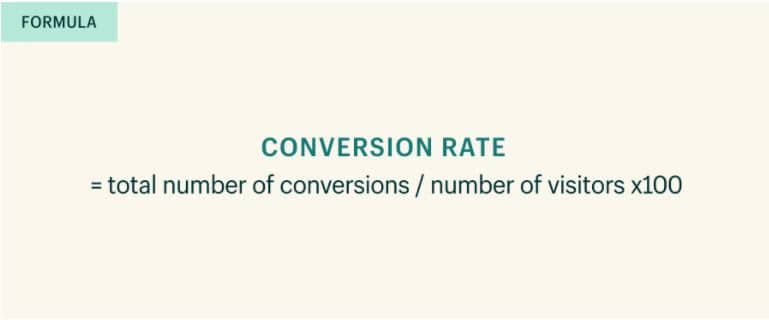
Engage Successful CRO Mode
To sum up, CRO techniques make the most of the website visitors you already have. It’s much easier to convert visitors that are aware of your business, rather than targeting brand new users.
Your CRO strategy has to be all about your customers. Make their experience with your business as awesome as you can to create trusted relationships.
Are you ready to bring your CRO A-game?



